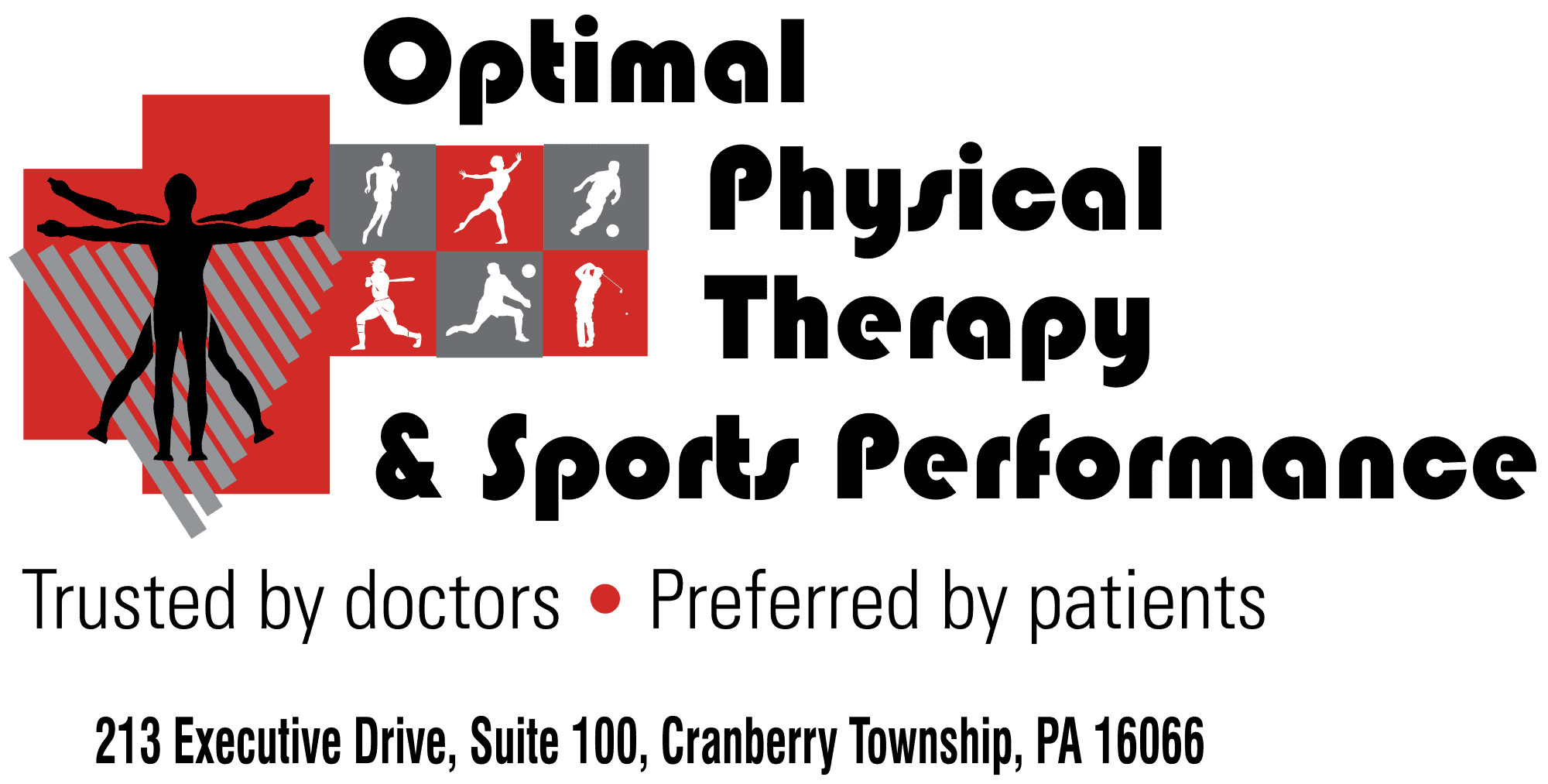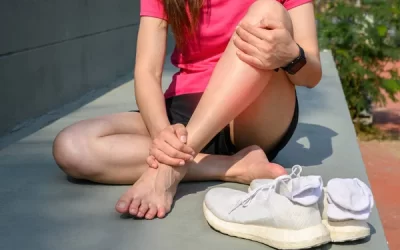Do you have difficulty walking? There are many reasons why a person may have trouble walking. A physical therapist is a medical professional who is skilled at analyzing movement such as how someone may be abnormally walking and identifying why there is a change in the way someone walks and creating a plan to help. The problem may be simple like recovering from an ankle sprain or a stiff big toe to as complex as learning to walk after a stroke, partial spinal cord damage or a total joint replacement. Physical therapists are specially trained to treat all persons with difficulty walking.
Do you know that the National Institute of Health (NIH) actually considers how fast a person can walk as a significant vital sign in predicting a health decline or whether a person can continue to live on their own without the help of others? There are very specific metrics of walking supported by research that can help identify whether a person is a fully functional community walker or someone who is only able to function at home. Physical Therapists are trained to identify all of these factors and create a correction plan to restore mobility. Walking is a very important movement skill and one that many take for granted. Optimal Physical Therapy and Sports Performance is dedicated to helping patients who cannot walk like they would like to be able to do and to get to the goal they have in mind.
What do we do at Optimal Physical Therapy and Sports Performance to help you or a loved one? We would talk about the issues that you have personally noticed. We give all of our patients Functional Outcome questionnaires that are very specific about what daily tasks and walking components may seem off to you. We will talk about how your home is set up and what your lifestyle is like or what you would like it to be. We conduct a very thorough evaluation that looks at the body from many different aspects: posture and postural change, range of motion limitations in spine/pelvis and all limbs, strength testing to identify if there is a weakness issue, flexibility screen to see where there may be areas of muscle tightness preventing adequate motion or even contributing to weakness, and movement analysis tasks such as observing you move and walk. We might video you as you walk and be able to show you what we see when we observe you move. Persons who also have balance issues that affect their walking will also be given the proper evaluation as to why the balance issue is there and how problems can be addressed so that walking can become efficient, pain free and safe. There may be a sensory issue going on that is impacting walking. Neuropathy from diabetes or spinal issues can make walking more difficult and can affect how a lower limb is being perceived by the brain and how movement is being created.
Persons should be able to move fluidly and without stop/starts. Movement should have many degrees of freedom which means that you should be able to do more than one task at a time while you walk ( for example, carry an object, talk while walk or be able to turn your head side to side while walking) and you should be able to turn quickly and reverse directions without fear of falling. There are several balance tests that we can do to pinpoint a problem.
Physical Therapists are also skilled in knowing what assistive devices may be helpful to you. Some persons with weakness in their ankle may need orthotic support or a brace to keep them from catching their toes. For individuals with weakness in hip flexors, as may happen in conditions such as multiple sclerosis, there are devices to assist the legs in this weak segment. There are multiple types of canes, walkers and rollators that make it difficult for a lay person to understand exactly which type might be best for them. Ultimately, as therapists, we hope to help people walk without an aid but we do know which type to recommend if it is needed either for a temporary or long term use.
Just because you may be older does not mean that you should put up with having trouble walking. There are several interventions that can help with arthritis, generalized weakness/deconditioning, loss of stamina and fear of balance issues. Young persons can also be limited in many ways that affect walking. Recovering from a concussion can make walking difficult as can issues of leg injury, back injury and plantar fasciitis.
As physical therapists, we meet each individual at the intersection of where they feel stuck and where they want to go. If your foot hurts and you are limping, if you tend to lurch to one side or waddle when you walk, if you tend to be afraid that you might fall backwards when you get up to walk, if you feel unsteady and are often holding on to furniture around the house, if you no longer have the stamina to walk the mall like you used to, if your back and leg hurt when you walk or you are just not recovering from some issue you thought would be simple and go away on its own, let the experts at Optimal Physical Therapy and Sports Performance help you. Call us at 724-779-1300 and we will set up an appointment to change those problems into walking solutions!!



